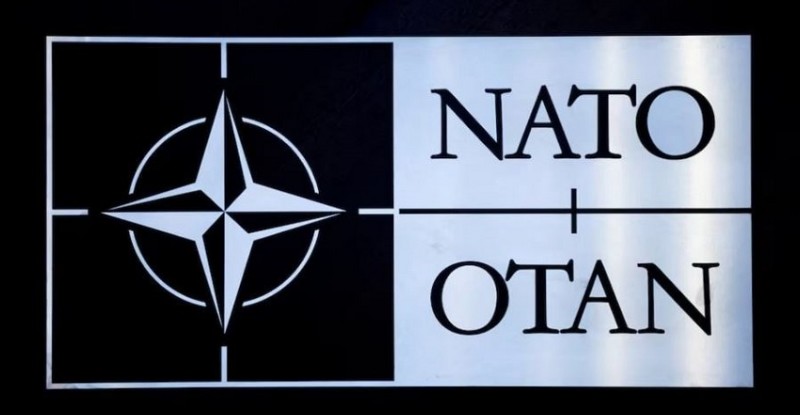
WASHINGTON: At a recent NATO summit in Washington, leaders emphasized the urgent need to revamp Europe’s defense capabilities due to increasing concerns about Russian aggression. The alliance has uncovered major deficiencies in areas such as air defenses and troop numbers, with plans to establish binding targets for member nations by autumn 2025. This initiative, NATO's most significant since the Cold War, faces hurdles due to budget constraints and potential impacts from the U.S. election, necessitating higher European defense spending and enhanced military readiness.
The ongoing conflict in Ukraine and the upcoming U.S. presidential election were central topics at the NATO summit. Behind the scenes, however, NATO’s military planners have been assessing the immense costs associated with bolstering Europe’s aging defenses. Last year, NATO leaders approved plans for the most extensive overhaul of its defense capabilities in three decades, driven by growing fears of Russian aggression.
Officials have been evaluating the minimum defense requirements to achieve these plans, which were recently shared with national governments. These requirements highlight significant shortfalls in NATO armies, particularly in air defenses, long-range missiles, troop numbers, ammunition, logistical support, and secure digital communications on the battlefield. Although NATO has not publicly provided an overall cost estimate, addressing these deficiencies will likely require billions of euros.
NATO aims to convert these requirements into binding targets for individual governments to ensure Europe's defense by autumn 2025. Conversations with 12 military and civilian officials revealed that NATO has pinpointed six critical areas needing urgent attention. These include air defenses, long-range missiles, troop numbers, ammunition, logistical challenges, and secure digital communications.
The alliance’s goals are challenging, especially given potential budgetary constraints among senior European members and differing opinions on how aggressively to counter Russia. The looming U.S. presidential election also poses a threat to NATO’s unity, with concerns that former President Donald Trump, critical of the alliance, might return to power. At the Washington summit, European policymakers acknowledged the necessity of increasing military spending regardless of the election outcome.
NATO is currently on its highest alert level since the Cold War, with officials like German Defence Minister Boris Pistorius warning that a Russian attack on NATO borders could occur within five years. Despite this, European governments may face resistance from taxpayers, already burdened by a cost-of-living crisis, if they demand more money for defense spending.
The planned overhaul represents NATO’s first serious shift back to defending Europe against potential Russian attacks after years of more distant missions in places like Afghanistan. Reports indicate that NATO might need between 35 and 50 additional brigades to counter a Russian attack, translating to between 105,000 and 350,000 troops.
Germany, for instance, will need to significantly boost its air defenses, increasing the number of Patriot batteries and shorter-range systems to protect bases, ports, and over 100,000 troops expected to traverse the country in case of severe tensions or war. The cost is substantial; Berlin recently ordered four Patriot units for 1.35 billion euros and plans to halve its 2025 military aid to Ukraine due to budgetary constraints.
NATO logistics planners are meticulously working out how to transport essential supplies like food, fuel, and water to troops, while also organizing the reverse flow of wounded soldiers and prisoners of war. They are also considering potential threats to key locations such as the U.S. air base in Ramstein and North Sea ports like Bremerhaven.
Deploying troops will take longer now compared to the Cold War era, with the frontline likely further east and a deployment time of up to 60 days. Europe lacks sufficient rail capacity to move tanks, and varying railway gauges between Germany and the ex-Soviet Baltic states complicate equipment transport.
Strengthening cyber defenses is also crucial to protect against hacking attacks that could disrupt troop movements. NATO planners have developed a list of early warning indicators of a potential Russian invasion, emphasizing the need for swift decision-making and readiness.
NATO’s strategic focus is to ensure Europe is prepared to respond immediately to Russian military movements if needed, serving both as a deterrent and to engage in combat if tensions escalate into war.
Latest Updates: